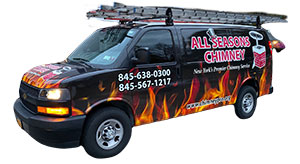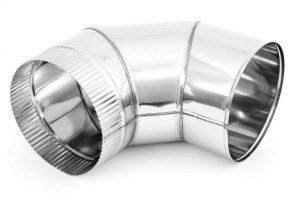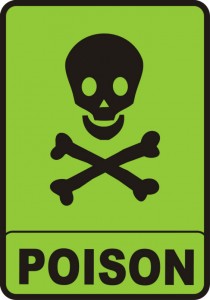With the start of the new year comes the coldest weather of the season. Most homeowners have had the heat running for several months already in an effort to ward off the chill, which means the heating appliance has been working hard. Although these appliances seem willing to work tirelessly to keep the house warm, they do need some regular attention to keep them running safely and efficiently. Oil fired appliances, in particular, require specialized inspections and servicing every year to maintain function and to avoid any mid-winter emergency calls.
Oil fired appliances can distribute heat throughout the house using a boiler mechanism or a furnace mechanism, but they all operate in the same basic manner. First, a fine mist of oil is sprayed into the combustion chamber. Along with a burst of oxygen-filled air and a spark, the oil ignites to form a fire. The resulting hot air heats up the heat exchanger wall before escaping the appliance and home through the exhaust stack. The heat exchanger wall transfers this heat to the medium that distributes the warmth to the house. In a boiler, the medium is water, which is then pumped around the house using pipes that then create radiant heat. In a furnace, the medium is air, which is then forced around the house using ductwork.
Whether the appliance distributes the heat using the boiler or furnace mechanism does not change the fact that the oil fired appliance requires servicing itself. The finely tuned operation of the appliance can suffer from a number of problems, all of which need an expert to identify and repair. A common issue with oil fired appliances is an incorrect ratio of air and oil in the combustion chamber. The goal is to use as little oil as possible, which cuts down on fuel costs. If the appliance releases more oil than necessary into the chamber, it will still function, but the fuel efficiency can fall dramatically. Various problems can lead to this inefficiency, including a clogged burner nozzle, a fuel pump needing re-calibration, or air volume and draft controls needing adjustment. While these fixes are inexpensive and simple for the trained eye, neglecting them or trying to make the repairs yourself can cost big time in the long run.
The oil fired appliance also commonly experiences the inability to produce a flame. This problem requires immediate professional attention to avoid oil flooding and explosions. Causes can include a leaking combustion chamber, a damaged or malfunctioning stack control, or broken ignition electrodes. Fortunately, servicemen are trained to efficiently spot and repair issues like these to keep everyone safe.
To protect your house and family this winter, schedule a servicing appointment for the oil fired appliance. If you live in the lower Hudson Valley area, contact All Seasons Chimney to speak with a professional.



